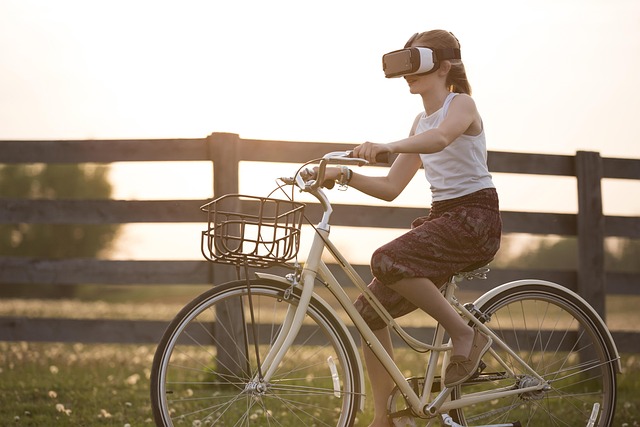In a world where technology and creativity collide, the fashion industry is experiencing a monumental transformation. One of the most exciting advancements in this space is the virtual fitting experience, which is shaping the way customers interact with clothing and redefine their shopping journeys.
Imagine stepping into a virtual boutique from the comfort of your home, trying on clothes without ever having to step foot in a store. The traditional fitting room, often fraught with frustration, is evolving into an immersive online experience that allows shoppers to visualize how garments will fit their unique body shapes and sizes.
At the heart of the virtual fitting renaissance is the incorporation of augmented reality (AR) and 3D modeling technologies. These innovations allow customers to see how clothing would look on them in real-time. With just a few clicks, you can don an outfit and see how it complements your style and physique. It’s not just about trying clothes; it’s about enhancing the shopping experience and personalizing fashion in a way that has never been possible before.
For many, shopping can be an arduous task. Long queues, cramped fitting rooms, and uncertainty about sizing can deter even the most enthusiastic fashionistas. Yet, virtual fittings eliminate these pain points, providing convenience and comfort. The freedom to experiment with different looks without the pressure of a sales associate hovering nearby creates a relaxed atmosphere conducive to self-expression.
Furthermore, the rise of sustainable fashion gives the virtual fitting experience an added layer of significance. By allowing customers to make more informed decisions about their purchases, this technology reduces the likelihood of returns, which can often lead to waste in the fashion industry. When shoppers can accurately visualize how a piece will look and fit, they are more likely to make decisions that align with their personal style and body type.
Brands are also embracing this trend as a means to foster customer loyalty and engagement. Many fashion retailers are investing heavily in this technology, creating bespoke virtual fitting rooms that not only showcase their collections but also allow for personalized recommendations based on individual preferences. This level of interaction encourages a deeper connection between the brand and the consumer, translating into a sophisticated shopping experience that feels tailor-made.
The virtual fitting concept not only empowers customers but also promotes inclusivity. No longer bound by the constraints of physical sizing availability, fashion labels can better cater to diverse body types, ensuring that everyone finds something that makes them feel confident and beautiful. This shift towards more inclusive practices means that fashion is becoming accessible to all, celebrating individuality and personal style alongside current trends.
In essence, the virtual fitting experience is more than just a trend; it’s a revolutionary approach to fashion that taps into the desires of modern consumers. As we navigate this rapidly evolving landscape, one thing is clear: virtual fittings are here to stay, and they are poised to reshape the future of fashion shopping forever.




